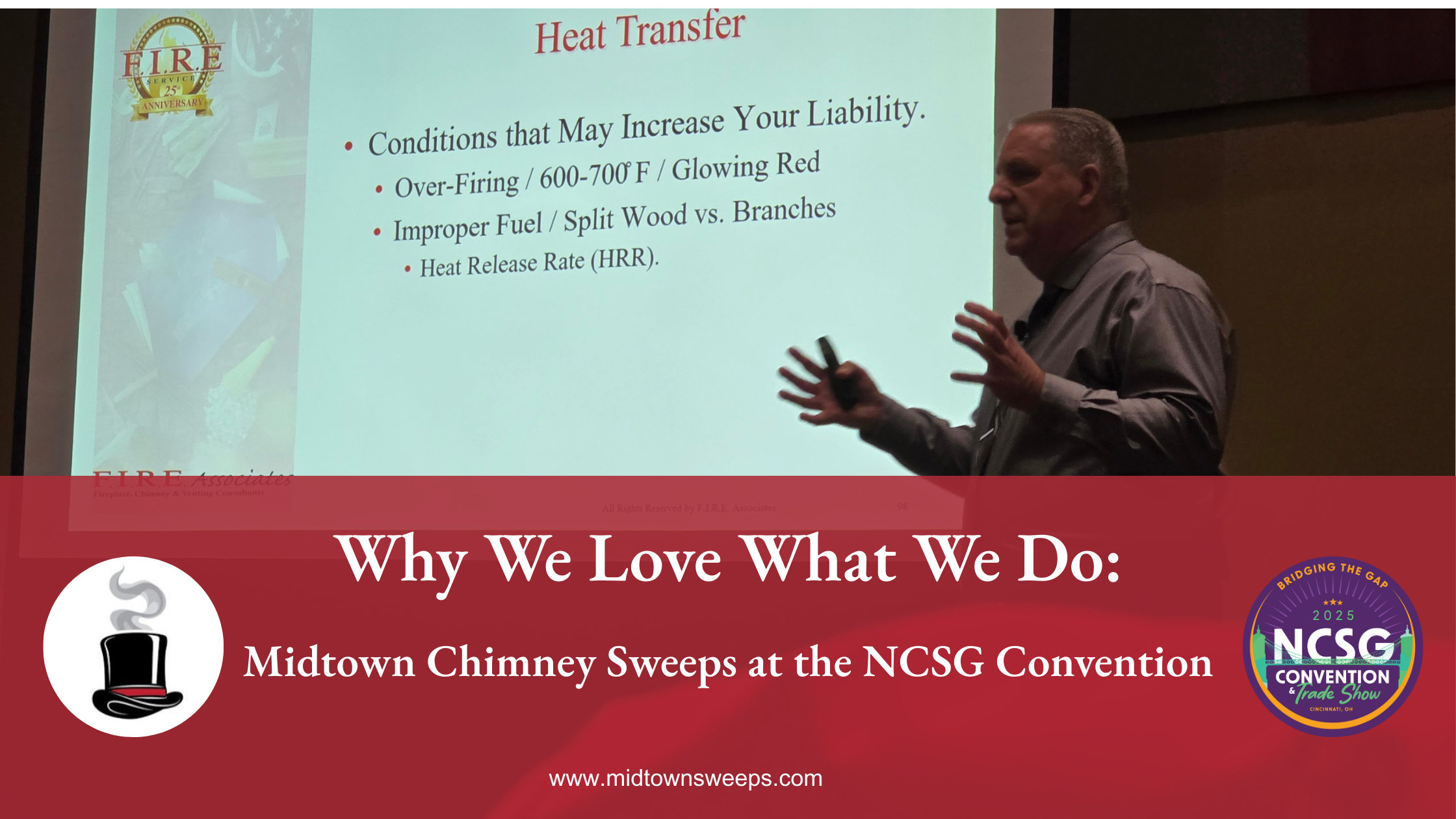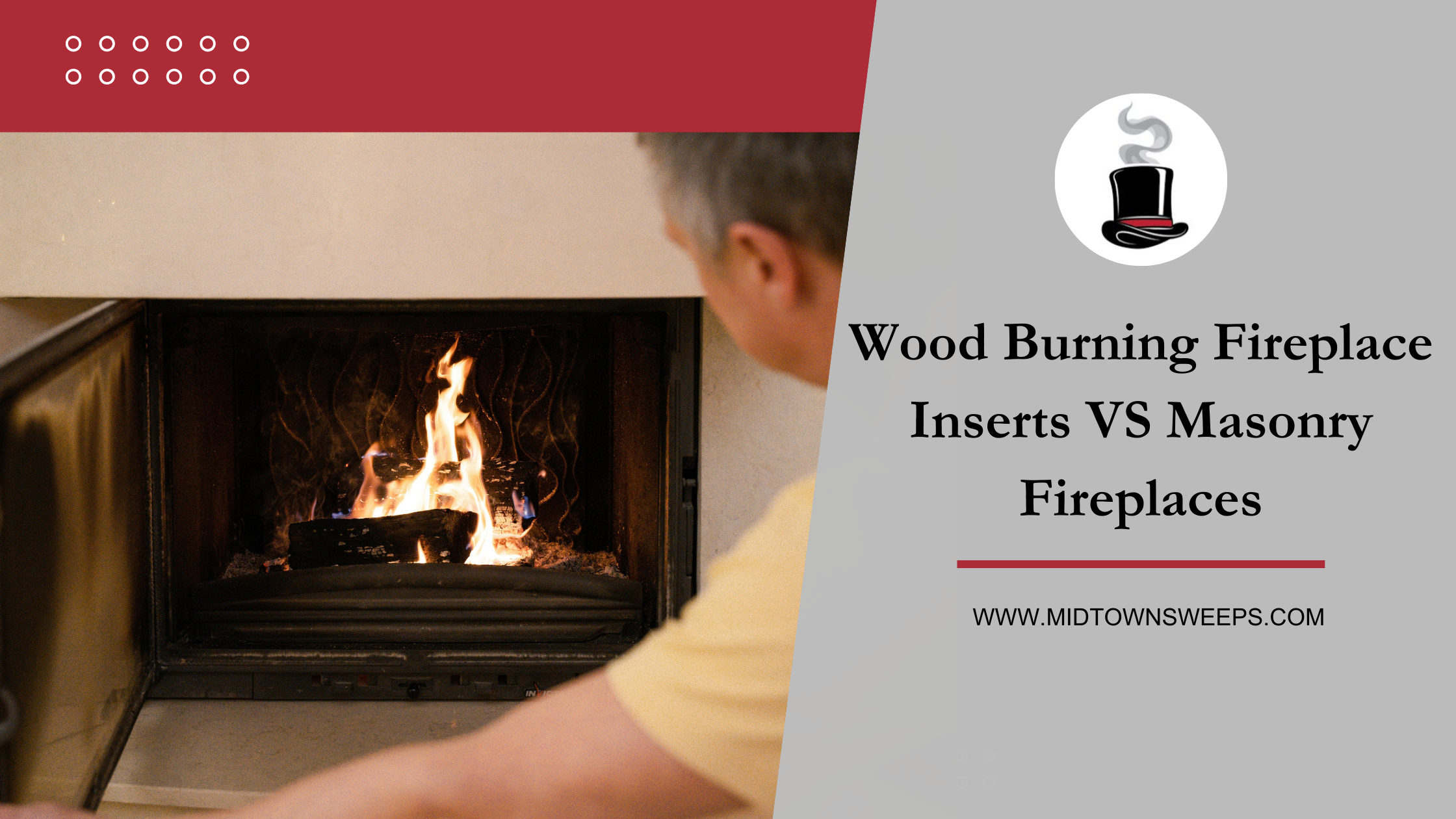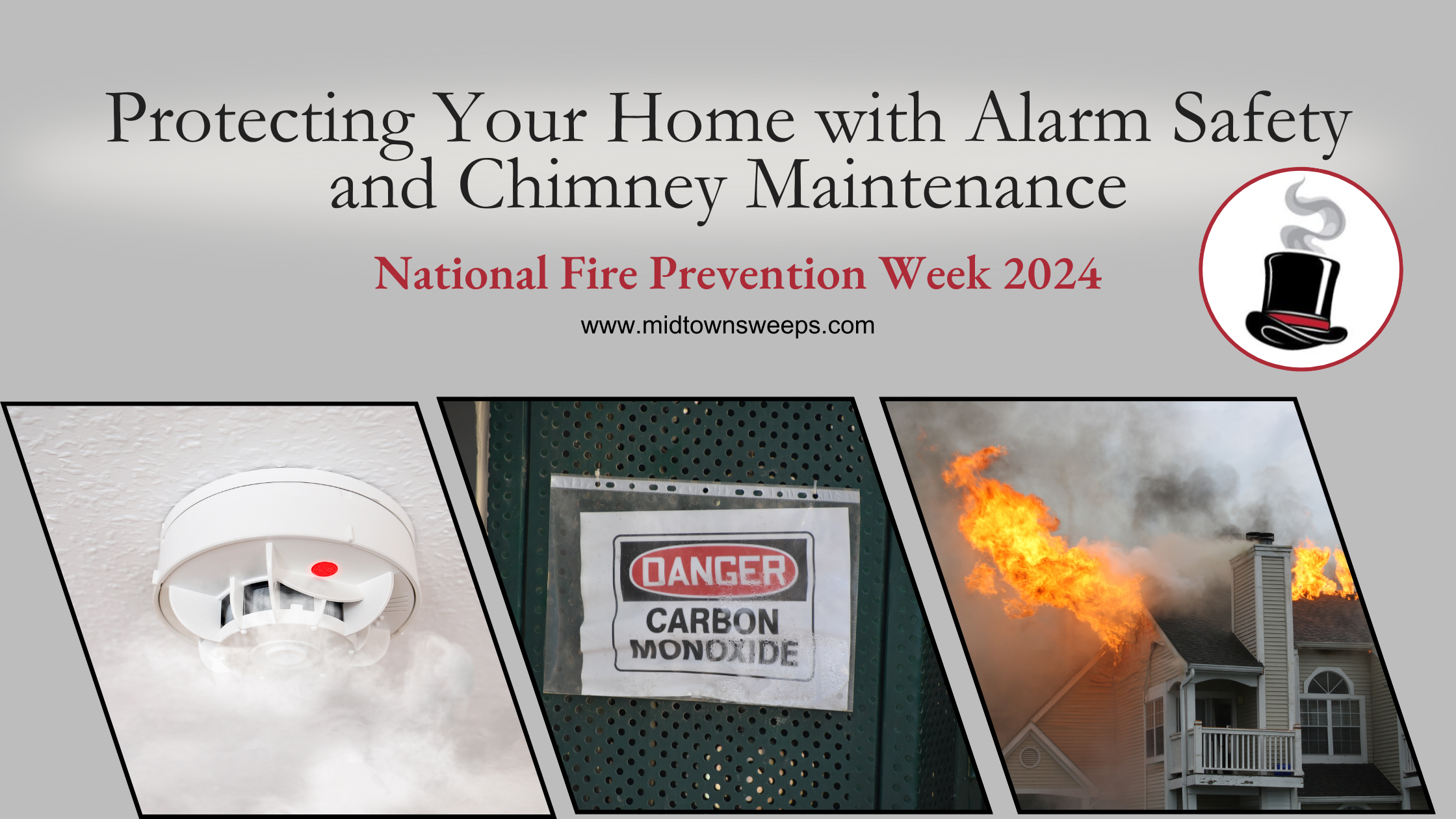The first rule of fireplace maintenance? Install a CO/Smoke detector. Period. No questions asked. ALL THE TIME! Are we clear on that? And make sure it’s working. That means checking it regularly and replacing the batteries regularly even if you think those batteries that you already borrowed from your TV remote or your son’s game controller are still good. It’s good sense and in most states it’s the law.
Second rule of fireplace maintenance, clean the chimney flue. As smoke rises through the flue it leaves behind debris, called creosote, that collects on the inside of the flue. As time goes on this buildup can reduce the airflow forcing smoke and fumes back into your home. Creosote is also flammable. When enough of it collects it can ignite causing a fire in the chimney which can quickly spread to the rest of the structure. That’s a bad thing. And to be clear a chimney and a flue are not the same thing. A chimney is the outside structure you see poking up through the roof. The flue is the shaft inside the chimney. It’s this shaft that the smoke and fumes escape through. It is possible for a chimney to contain more than one flue.
Third rule, make sure your damper is working. Just because the handle moves does not mean the damper is actually opening or closing properly. Grab your flashlight and poke your head up there and actually take a peek. A damper that is not completely open can also reduce airflow and force those fumes back into your home. Also if it’s not closing you’re losing money up the chimney in the form of escaping heat.
Rule number 4 is check for proper airflow in the fireplace. With today’s more energy efficient doors and windows homes are sealed much tighter than they were years ago. Great for keeping the heat in and the cold out but this can sometimes result in backdrafting. You may need to crack a window in the same room as the fireplace.
Another tip, number 5 if you’re keeping track, is to burn only firewood in your fireplace. Never and I mean NEVER burn painted, stained or treated wood or plywood/particle board in your fireplace. Aside from these items giving off poisonous fumes as they burn, the chemicals and glues in these pieces can burn much hotter than traditional firewood and can exceed the temperature rating for your fireplace and chimney.
Another tip when it comes to fireplace maintenance is never vent a new appliance into an existing chimney flue. It can be tempting to tap that new dryer vent into the fireplace chimney that is so close to the dryer but don’t do it. Not only is this dangerous but this too is illegal. In a nutshell, one appliance, one flue.
The final tip when it comes to your fireplace maintenance is to make sure your chimney and flue are not cracked, allowing smoke and fumes to escape into other rooms of your home. Time and climate can take a toll on bricks, stone and mortar. It’s a good idea to have your fireplace and chimney inspected by a qualified professional with the proper equipment to make sure everything is safe and working the way it was designed to. When it gets cold outside make sure you and your family are warm and safe inside.












